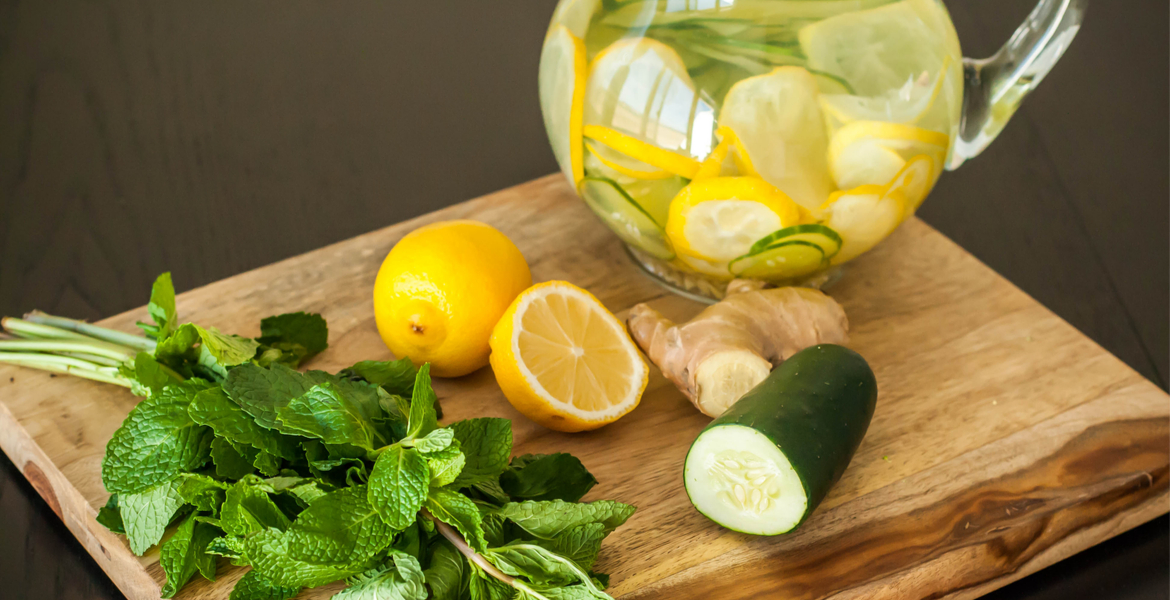
Feeling a little dry? Winter hydration is important
Friday, December 11, 2020
Many people don’t give a second thought to drinking several glasses of water during the hot summer months. However, it is just as important to stay hydrated in the wintertime, too.
“People don’t realize body fluid losses can be as dangerous in the winter as they are in the heat of the summer due to high rates of energy expenditure, heavy clothing and increased urine output,” said Janice Hermann, Oklahoma State University Extension nutrition specialist. “During the summer, the sweat on your skin is a visual cue you’re losing fluids. In the wintertime, colder weather affects the body’s ability to detect thirst, which is an early sign of dehydration.”
Fatigue, muscle cramps, headaches and even dizziness all can be attributed to inadequate water intake, she said.
Adequate intake of total water is 15.6 cups (3.7 liters) on average for men and 11.4 cups (2.7 liters) per day for women, although that counts food as well as beverages. About 80% of total water consumption typically comes from water and other drinks, while 20% is provided by foods. With that in mind, men need about 13 cups per day and women need 9 cups. To help stay on track, Hermann offered a few tips.
Setting a water-drinking goal is at the top of the list. There are several smartphone apps that can provide prompts to hit specific targets during the day. A less technological option is to take a water bottle everywhere as a physical reminder. Some people find it useful to fill a large container at the start of their day and consume a fraction every few hours.
“Don’t think you need to drink ice cold water to keep your body hydrated. With colder weather, you may want to consume warm liquids, such as coffee, tea, hot chocolate or hot cider,” she said. “Despite common concerns about caffeine as a diuretic, caffeinated beverages still contribute to fluid intake when consumed in moderation.”
Flavor and texture can help as well. Consider fruit smoothies or simply adding sliced cucumbers, lemons, oranges or limes to a pitcher of water. Mint leaves can add a new twist.
People often assume water must come from beverages, but consuming fluid-filled foods is a great way to get more water into your system. Oatmeal, watermelon, celery, strawberries and yogurt are great examples of hydrating foods. Hermann said homemade soups with seasoned vegetables and herbs also work while providing warmth and nourishment.
For people with workout routines, additional hydration should be considered. Hermann said before physical activity, fluid recommendations are 0.07 to 0.14 ounces (2 to 4 milliliters) of fluid per pound body weight two to four hours before activity. Depending on the type of activity, recommendations range from 13.5 to 27 ounces (0.4 to 0.8 liters) of fluid per hour during a workout. To replace water afterward, the recommendation is about 20 to 24 ounces (0.6 to 0.7 liters) of fluid for every pound of body weight loss.
Hermann said plain, cool water is recommended for noncompetitive, everyday activities; endurance athletic events may require carbohydrate-containing beverages. For events lasting more than an hour, sports drinks may be needed to replace fluids and electrolytes.
More health and nutrition information is available on OSU Extension’s website.
MEDIA CONTACT: Trisha Gedon | Agricultural Communications Services | 405-744-3625 | trisha.gedon@okstate.edu
